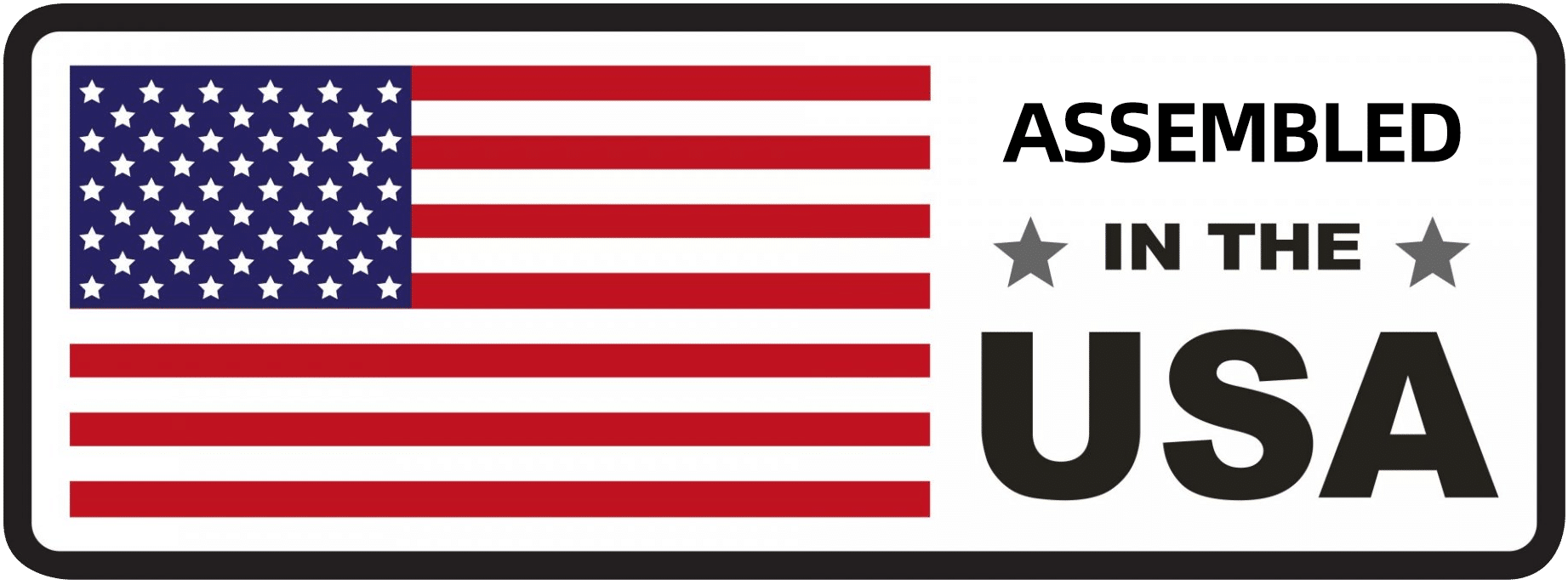DENALIWELD
Laser Welding Machine
by Welders & for Welders
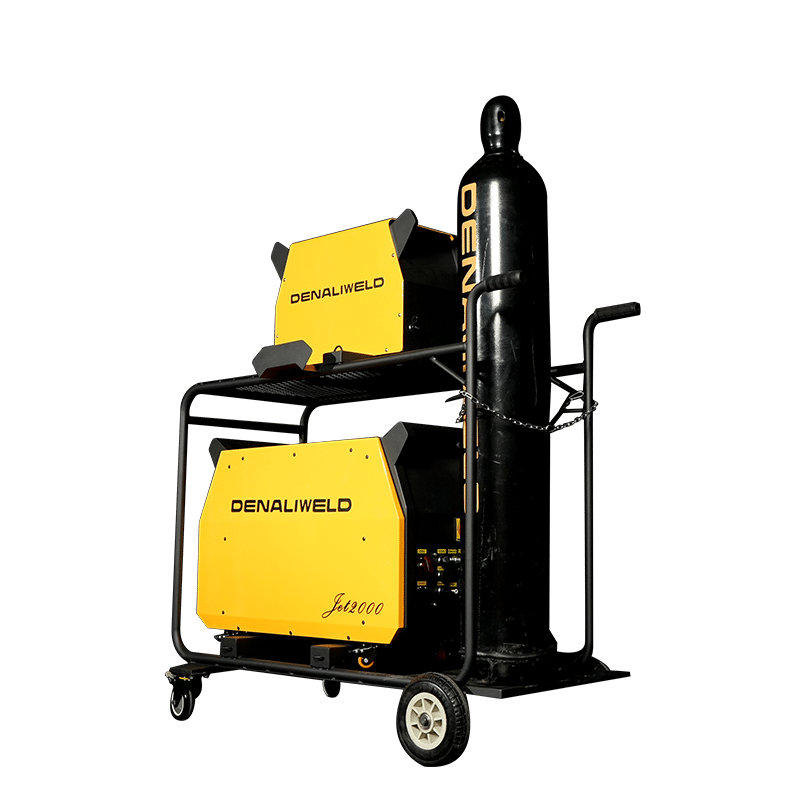
JET SERIES
Boost laser welding efficiency with air-cooled portability. Patented CUAL mosaic laser tech, automation-ready design, and pre-set parameters slash downtime—ideal for versatile metals. Minimal maintenance, max ROI.

JET EZ
Ultra-portable laser welding machine (48.5 lbs) with dual welding/seam cleaning. Patented CUAL laser ensures precision on thin metals. Pre-set modes + automation ready—slash setup time & cut operational costs.
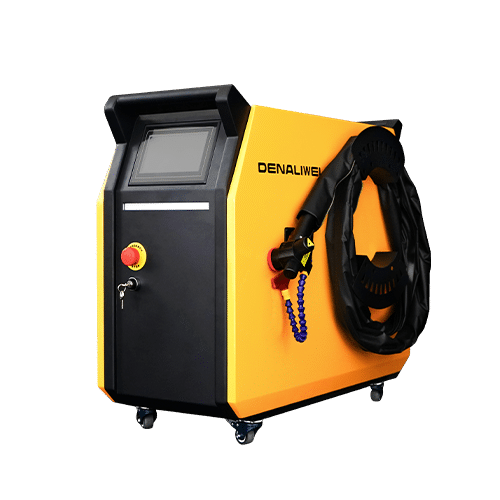
JET MOPA
Engineered for precision and power, Denaliweld delivers up to 300W of reliable laser rust cleaning machine and laser welder with one-click operation, compact design, and multi-material compatibility—fast, safe, and efficient.

COBOT Welding
Denaliweld COBOT Welding System delivers precision, flexibility, and seamless automation, proudly self-deployed we offer unmatched COBOT compatibility, one-click operation, and quick setup for modern, efficient manufacturing.
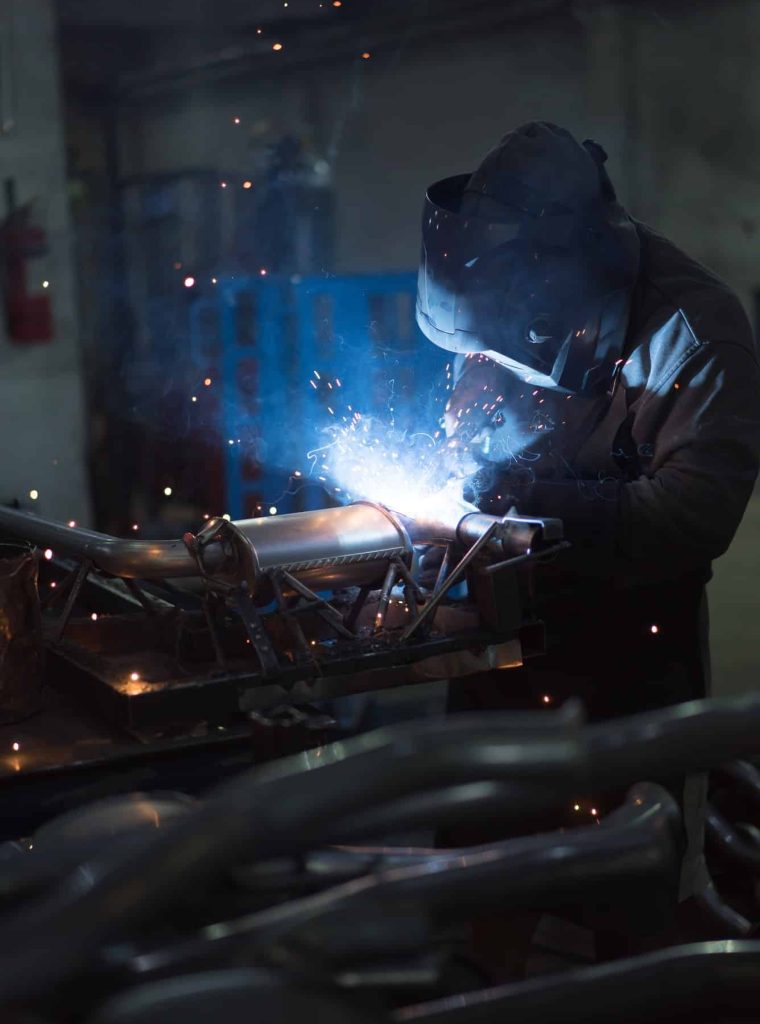
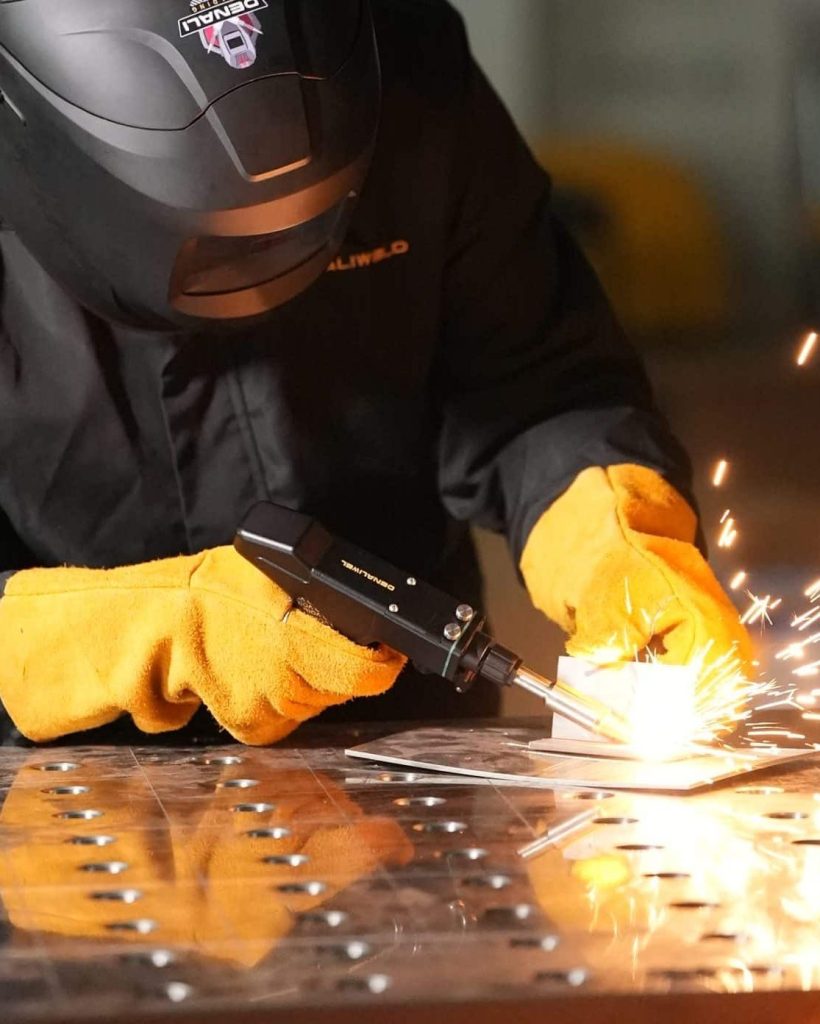
About DENALIWELD.
We Specialize in Laser Welding & Cleaning
DenaliWeld INC, is a proud employee-owned fiber laser welding machine manufacturer based in Chicago, USA. Bolstered by the most experienced engineers and design personnel in the laser industry with multiple innovative patents for our superior laser welders, all DenaliWeld machines are designed and manufactured in Chicago factory and are CE/SGS/WPQR-certified.
Global Services
DENALIWELD, with four branches and more than 150+ dealer stores around the world, dedicates in supplying laser welders & laser cleaners. Our global branches, owning warehouses, are capable in supplying inventory machines, spare parts, 24/7 services, training and showrooms in local and neighboring countries.
Why Choose Us.
DenaliWeld Advantage
Our Services.
We Provide Best Services
Laser Equipment Manufacturer
DenaliWeld, a globally recognized laser welding machine & laser rust removal machine manufacturer, harnesses cutting-edge proprietary technology to dominate the industry, consistently delivering unmatched precision and groundbreaking innovation to our worldwide client.
Local Services
Based in Illinois with 4 global offices, our local teams ensure fast response and professional 24/7 service after your purchase with fair laser welder cost.
Certification
DenaliWeld laser welding machine has passed SGS, CE (MD, EMC), WPQR certification, and C-Test, ensuring world-class quality, compliance with international safety standards, and proven reliability for industrial applications.
Research and Development
With our exceptional R&D capabilities, we stand among the few companies designing and manufacturing in-house laser sources, control systems, coolers, and setups, delivering precision, reliability, & tailored laser weld solutions for various industries.
Explore more about DenaliWeld laser welding solution
Some Partners
Cooperative Partner
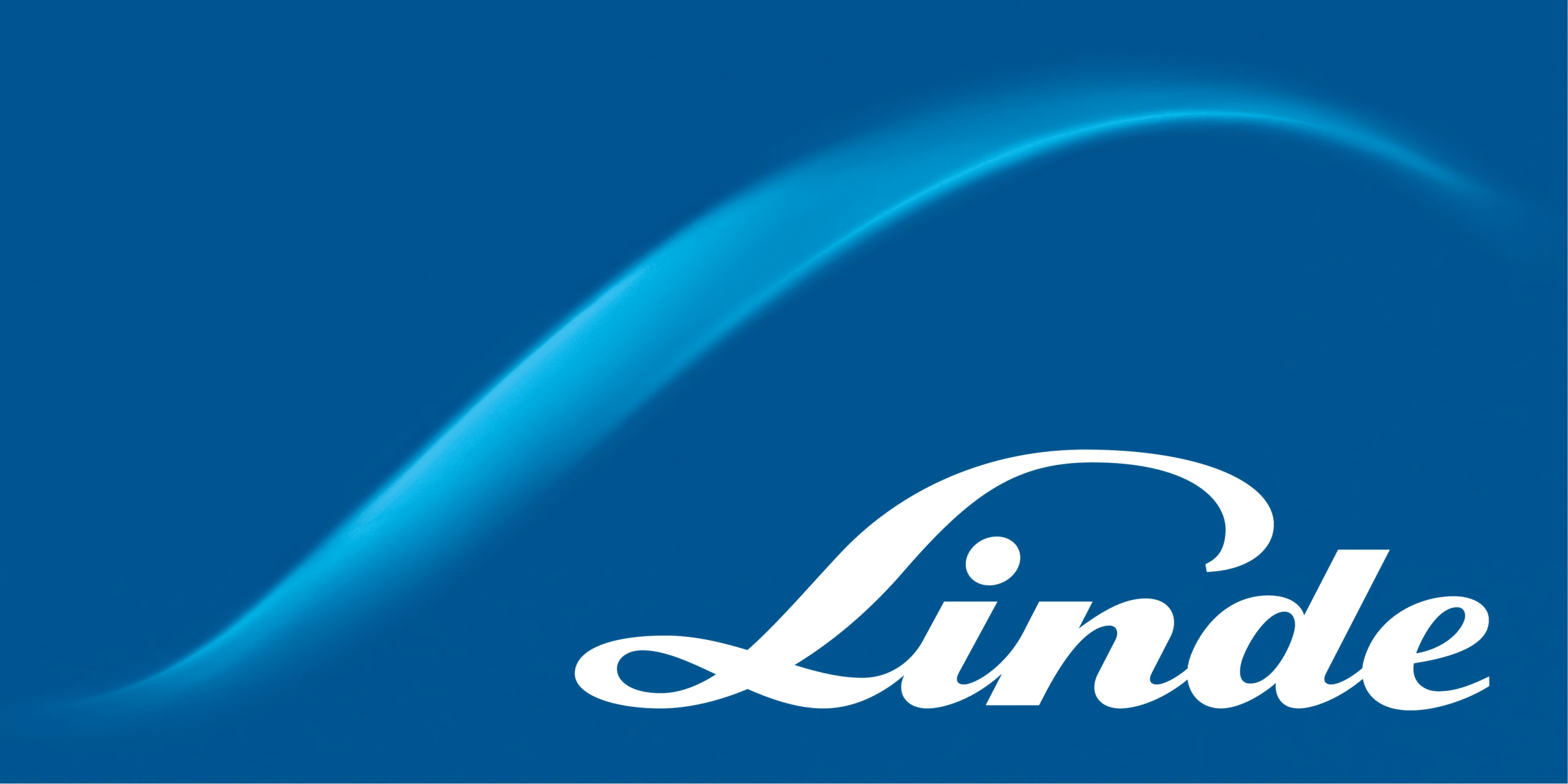

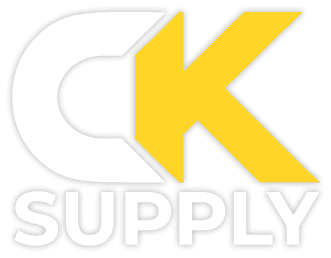



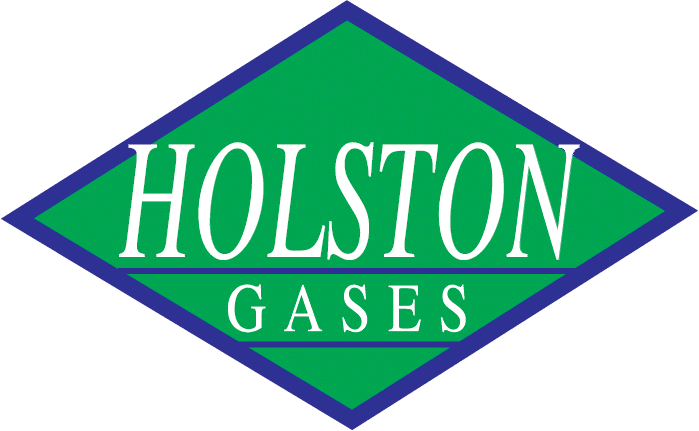
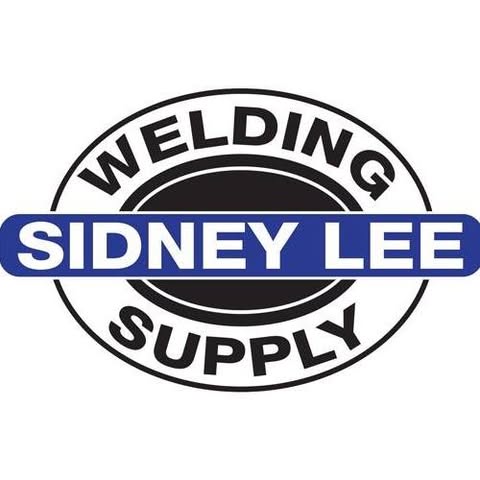



We're Ready Anytime.
We Are Available For 24/7 Emergency Services
APPLICATIONS
METAL JOB SHOP
METAL JOB SHOP
Laser welder offers unmatched versatility for diverse materials and thicknesses with minimal heat distortion, slashing production time and costs. It adapts swiftly to various projects, making it a cornerstone of metal fabrication and boosting efficiency with fiber laser welder.
MoreAUTOMOTIVE
AUTOMOTIVE
Laser welder machines are essential for welding body panels, doors, frames, exhaust systems, and fuel tanks. DenaliWeld laser welding machine ensures precise laser welds in complex designs, enhancing safety and fuel efficiency. High-speed automation from laser fiber welding meets massive production demands, solidifying its irreplaceable role in driving automotive innovation.
MoreBOATBUILDING
BOATBUILDING
Boat relies on strong, corrosion-resistant joints in harsh marine conditions. A laser welding machine excels at welding thin materials with precision, reducing weight while maintaining integrity. The laser welding process minimizes heat damage, ensuring durability and making laser fiber welders a must-have for superior vessel construction.
MoreAEROSPACE
AEROSPACE
Aerospace demands perfection, and laser welding machines deliver. They produce clean, high-strength laser welds in exotic alloys and thin materials critical for aircraft components such as engine blades, turbine discs, cabin walls, and doors. The non-contact laser fiber weld process reduces contamination, meeting strict standards.
MoreMOLDS
MOLDS
For mold making, laser weld is key to efficient repairs and modifications. A laser welding machine provides pinpoint laser welds, preserving intricate details with minimal downtime. This precision cuts post-processing needs, saving time and costs with no compromise in molds staying in top shape.
MoreMEDICAL DEVICE
MEDICAL DEVICE
Laser welding machines shine by creating sterile, precise laser welds in biocompatible materials. The laser welding machine ensures consistent quality for tiny components, meeting rigorous regulations. Non-contact laser fiber welding minimizes contamination, enhancing patient safety and making it a critical tool in this industry.
MoreElectronics & Communication
Electronics & Communication
The electronics industry depends on laser welders for delicate, high-speed laser welds without thermal damage. A welding machine supports miniaturization trends, joining small parts with precision for delicate components like circuit boards, chips, sensors, and displays. The repeatability of DenaliWeld welders ensures quality in mass production, cementing their importance in advancing communication technology.
MoreAUTOMATED WELDING
AUTOMATED WELDING
Laser welder machines lead the charge in automated welding, integrating seamlessly with robotics. They deliver consistent, high-quality welds at rapid speeds, cutting labor costs and boosting output. The precision of laser fiber welding makes it ideal for automated lines, revolutionizing productivity across industries.
MoreLatest News.
News & Article

Welding With Cobots in 2025: What Do You Need to Know?
In this article, we discuss what cobot welding is and how it can improve your firm’s production capabilities, cost-efficiency, and turnaround times.
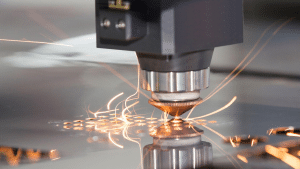
Examining Laser Beam Welders and Their Applications in 2025
One of the leading modern welding solutions today is the use of a laser beam welder. Learn its fundamentals and applications in this blog.
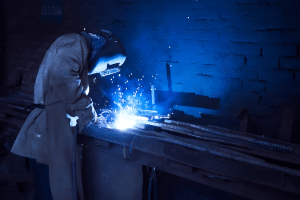
Hand-Held Welder Skills You Need for Safety and Quality
What makes an excellent and effective handheld welder? In this article, we discuss all the essential skills that you must possess to be one.

Out of the Fire, and Into the Future: What is the Latest in Welding Technology?
Discover the latest in laser welding technology. And get a glimpse of its potential innovations in the near future.

What Causes Weld Spatter, and Other Welding Mistakes?
Learn what causes weld spatter and discover foolproof measures to avoid weld spatter formation and other welding mistakes.

More Than Cost: What Should I Look for in Laser Welding Machine Suppliers?
The success of a firm’s laser welding adoption hugely depends on the supplier’s capability. Learn how to choose the right laser welding machine suppliers in this blog.
Our Competences
Are Confirmed By Our Customers
We’re excited to team up with @WeldingTipsAndTricks to push the limits of the DenaliWeld laser welding machine!
It’s not just about speed—it’s also about precision and quality. Want to see the results?
“The laser welder works perfectly! The welds are smooth, strong, and clean. It has significantly improved our production efficiency. Highly recommended!”
“Excellent machine! Easy to operate, very stable, and produces professional-quality results. Our team loves using it every day.”
“This laser welder exceeded our expectations. The precision is outstanding, and it’s perfect for both stainless steel and aluminum projects.”
“After switching to this laser welding machine, our productivity increased by almost 40%. The finish quality is amazing, and no post-polishing is needed.”
“Great investment! Compact design, low maintenance, and very efficient. We use it for custom metal fabrication and couldn’t be happier.”
“Excellent customer service and quick training support. The welder is powerful, reliable, and super easy to learn for new operators.”
“We’ve used many welders before, but this one stands out for its quality and consistency. It delivers clean joints with almost zero distortion.”
CONTACT US
INTERESTED IN DISCUSSING?
Customize a solution to your needs today Experience a live demo and get free samples
